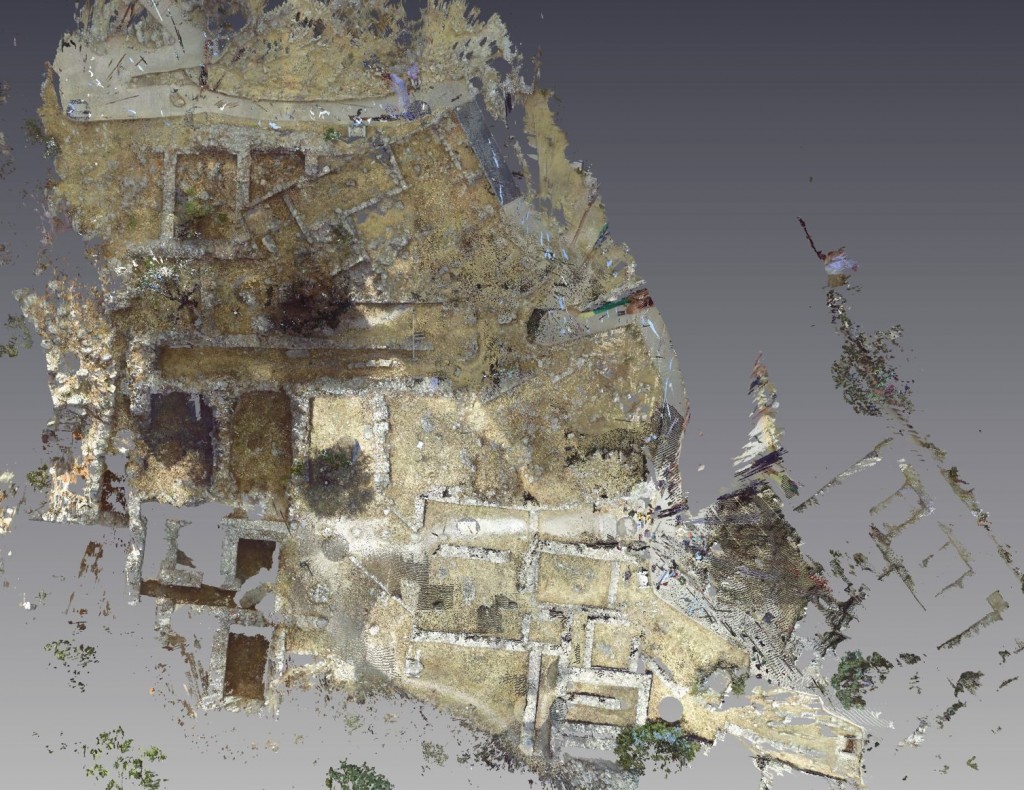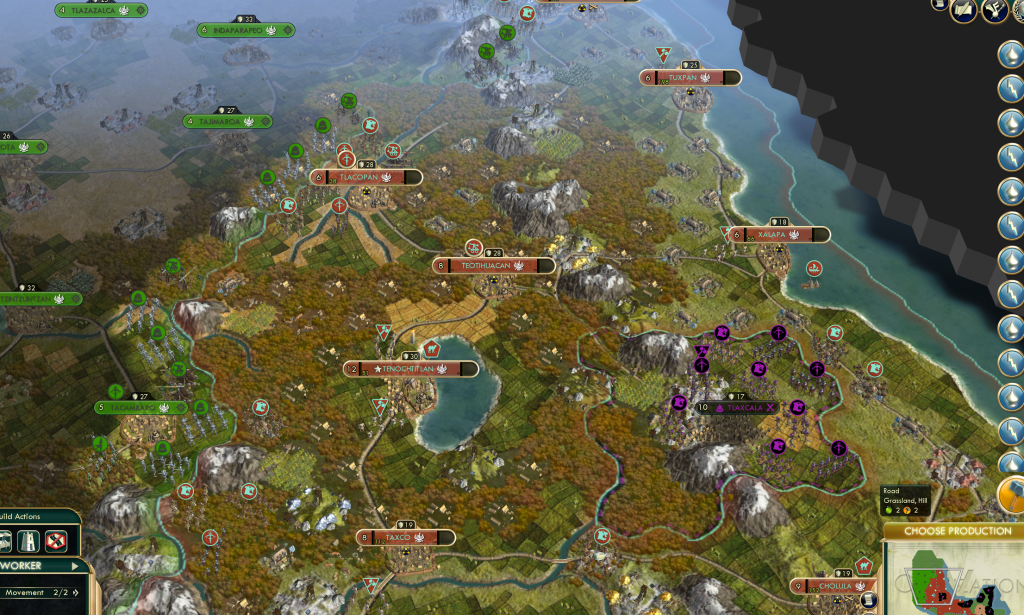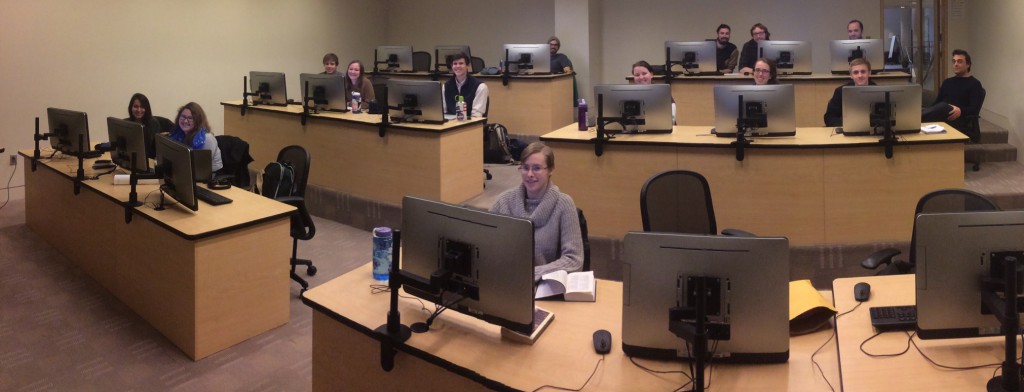Krista Gray sends along this update on her work with the Carlisle Indian School Project, researching best practices and common approaches for crowdsourced transcription and user-submitted content.
This semester I’ve had the opportunity to work as a consultant on the Carlisle Indian School Project, focusing on developing features to support greater user interaction and participation on the Carlisle Indian School Digital Resource Center website. As part of this process, I’ve researched how other institutions have implemented similar features, experimented with various possibilities on a test site, and begun to implement selected elements on the live site.
Initially, I focused on investigating two main avenues for increasing opportunities for user interaction on the site:
- crowdsourced transcription of digitized documents, and
- user-submitted contributions of stories, images, or documents in digital form
The research occurred in two main stages. I began by exploring similar projects at other institutions that supported either of these modes of user interaction and also investigated some of the pre-existing open-source tools for facilitating these functions. This preliminary research gave me a better understanding of the scope of various components, approaches, and issues involved in the process as well as the features of digital tools or systems currently available.
After gaining a general understanding of the various systems implemented at other institutions, I then conducted a more systematic comparative analysis of the different features and functions present (or absent) in these systems. In this, I moved beyond general impressions toward identifying best practices and common approaches found on other sites. This research brought forth both points of inspiration as well as a basic framework of significant elements to incorporate when implementing similar features on the Carlisle Indian School Digital Resource Center. In this stage, I analyzed eighteen sites supporting crowdsourced transcription, including the Smithsonian Transcription Center, DIYHistory from the University of Iowa, and What’s on the Menu? from the New York Public Library. I also examined eighteen sites supporting user-submitted content, including the Hurricane Digital Memory Bank from George Mason University and the University of New Orleans, Our Marathon from Northeastern University, and the First Days Project from the South Asian American Digital Archive.
I examined each set of sites across several dimensions, ranging from what system they were built with to the specific elements of the transcription or submission form. Best practices for both types of sites included establishing a clear entry point for those looking to contribute or transcribe (perhaps as a button on the homepage), and providing clear access to guidelines for submission (these were common in transcription projects, but more rare in contribution projects). For transcription sites, additional recommended best practices included organizing materials within contextual units and providing elements (such as status labels) to facilitate more efficient browsing and selection of material to transcribe, as well as displaying progress indicators within the project. For contribution sites, collecting the contributor’s name and email address, as well as obtaining consent to a terms and conditions statement were all common practices. Other common fields included title and description, with additional fields varying in accord with the aim of each project. Another significant aspect of this research, then, was to observe how the context of each project might have affected its implementation, and to consider how the specific focus, goals, and resources of the Carlisle Indian School project would shape the development of interactive features on the site.
Building on what I learned over the course of this research, in mid-October 2014 my focus shifted to experimenting and planning how similar interactive elements might be supported on the Carlisle Indian Digital Resource Center website. Given the complexity of implementing these features, both are still in the development process, and my primary focus for November and December 2014 has been on building and testing components to support user-submitted contributions of stories, images, or documents.
Drawing insight and inspiration from two of the Drupal sites I found in my research – the Smithsonian Transcription Center and the South Asian American Digital Archive’s First Days Project – I have developed contribution forms integrated with a defined staff workflow for reviewing, adding metadata, and finally publishing user-contributed stories, images, or documents to the site. Examining the submission form on the First Days Project led me to investigate how a form typically used on the administrative side of a Drupal site could be adapted to collect public submissions of content as well. The process of collecting and reviewing transcriptions on the Smithsonian Transcription Center similarly led me to investigate how various functions could be added to assist staff in moving content through different stages of a review process for the Carlisle Indian School site. An account creation and login process is also in development for contributors.
As I considered how to implement various components to support user-submitted contributions, I gained a better understanding of what might be possible on the project site as a whole. An additional byproduct of this work, then, has been the development of features to extend site functionality for researchers as well, to allow for better browsing and filtering of records on the resource center. The significance of progress indicators for transcription sites found in my research, too, has also made an impact, despite not being directly relevant to the current focus on user-submitted contributions. New pages are in development to provide visitors with statistics on the progress being made by project staff to describe and provide access to more and more content online. This work has also resulted in additional test pages that present options for new angles by which researchers can explore the characteristics of the files currently available.
Finally, while all major interactive features are still in development, we have been able to implement two simpler interactive elements to the live site — visitors can now submit corrections to descriptions of particular records and they may also provide general feedback on the site. Additional options and information have also been added to browse pages on the live site, with more, as described above, planned for 2015. Watch the “Recent News & Updates” section on the home page of the Carlisle Indian School Digital Resource Center for information about when new features will go live in the coming months.
Krista Gray graduated from Dickinson College in 2009 with a Bachelor of Science (a double major in Math and History, she was awarded honors in History and admitted to Phi Beta Kappa). She worked as the Friends of the Library Intern at Dickinson during the 2011-2012 academic year. She graduated from the University of Michigan in 2014 with a Master of Science in Information. In February 2015, she will begin her new job in the special collections division of the University of Illinois Urbana-Champaign.





